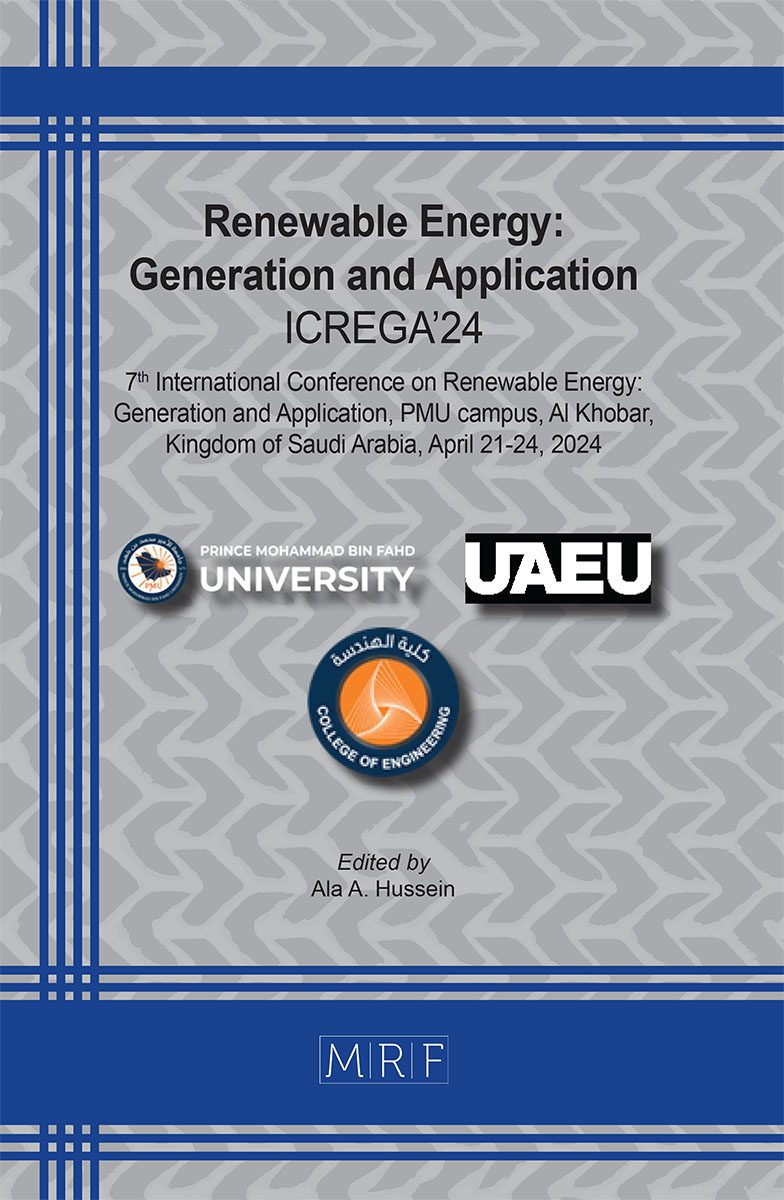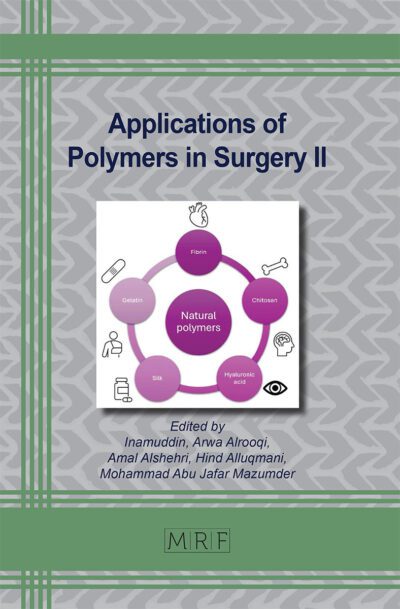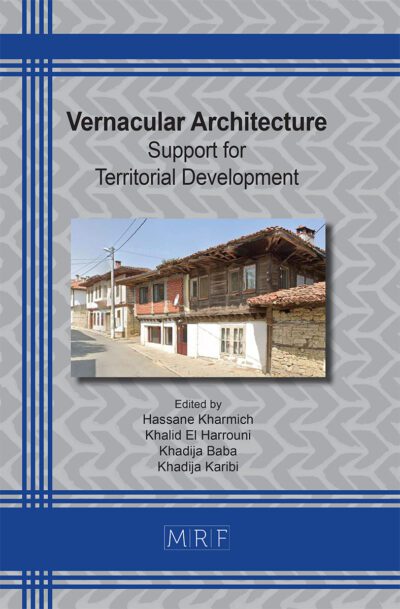–
Robust testing requirements for Li-ion battery performance analysis
Muhammad SHEIKH, Muhammad RASHID, Sheikh REHMAN
download PDFAbstract. Lithium-ion batteries are considered reliable option for Electric vehicle propulsion and portable applications. Various battery chemistries are being developed to enhance safety and performance of batteries to improve lifespan and reliability. Battery use case scenario often dictate requirements of different li-ion battery types. When target applications are fulfilled, other key considerations are implemented which include testing and characterisation to understand useful performance indicators from chosen battery type. This paper investigates current testing and characterisation needs to understand capacity fade and battery degradation with respect to temperature variations. Cycling tests followed by reference performance tests are used to analyse capacity fade. Due to limitation for the paper size only capacity fade analysis along with immersed test setup are focused to understand battery degradation with respect to various C-rates. Key findings are discussed, and comparative analysis is provided with future recommendations.
Keywords
Battery Degradation, Capacity Fade, Failure Analysis, Testing and Characterization, Test Matrix Design, Design and Development
Published online 7/15/2024, 8 pages
Copyright © 2024 by the author(s)
Published under license by Materials Research Forum LLC., Millersville PA, USA
Citation: Muhammad SHEIKH, Muhammad RASHID, Sheikh REHMAN, Robust testing requirements for Li-ion battery performance analysis, Materials Research Proceedings, Vol. 43, pp 197-204, 2024
DOI: https://doi.org/10.21741/9781644903216-26
The article was published as article 26 of the book Renewable Energy: Generation and Application
![]() Content from this work may be used under the terms of the Creative Commons Attribution 3.0 license. Any further distribution of this work must maintain attribution to the author(s) and the title of the work, journal citation and DOI.
Content from this work may be used under the terms of the Creative Commons Attribution 3.0 license. Any further distribution of this work must maintain attribution to the author(s) and the title of the work, journal citation and DOI.
References
[1] S. Windisch-Kern et al., “Recycling chains for lithium-ion batteries: A critical examination of current challenges, opportunities and process dependencies,” Waste Manag., vol. 138, pp. 125–139, 2022. https://doi.org/10.1016/j.wasman.2021.11.038
[2] Z. Cui, L. Wang, Q. Li, and K. Wang, “A comprehensive review on the state of charge estimation for lithium-ion battery based on neural network,” Int. J. Energy Res., vol. 46, no. 5, pp. 5423–5440, 2022. https://doi.org/10.1002/er.7545
[3] R. Gong et al., “A sustainable closed-loop method of selective oxidation leaching and regeneration for lithium iron phosphate cathode materials from spent batteries,” J. Environ. Manage., vol. 319, no. March 2022, p. 115740, 2022. https://doi.org/10.1016/j.jenvman.2022.115740
[4] M. Sheikh, S. Rehman, and M. Elkady, “Numerical simulation model for short circuit prediction under compression and bending of 18650 cylindrical lithium-ion battery,” Energy Procedia, vol. 151, pp. 187–193, 2018. https://doi.org/10.1016/j.egypro.2018.09.046
[5] G. E. Blomgren, “The Development and Future of Lithium Ion Batteries,” J. Electrochem. Soc., vol. 164, no. 1, pp. A5019–A5025, 2017. https://doi.org/10.1149/2.0251701jes
[6] S. S. Rangarajan et al., “Lithium-Ion Batteries—The Crux of Electric Vehicles with Opportunities and Challenges,” Clean Technol., vol. 4, no. 4, pp. 908–930, 2022. https://doi.org/10.3390/cleantechnol4040056
[7] Y. Bai, N. Muralidharan, Y. K. Sun, S. Passerini, M. Stanley Whittingham, and I. Belharouak, “Energy and environmental aspects in recycling lithium-ion batteries: Concept of Battery Identity Global Passport,” Mater. Today, vol. 41, no. December, pp. 304–315, 2020. https://doi.org/10.1016/j.mattod.2020.09.001
[8] Y. Liang et al., “A review of rechargeable batteries for portable electronic devices,” InfoMat, vol. 1, no. 1, pp. 6–32, 2019. https://doi.org/10.1002/inf2.12000
[9] M. Sheikh, A. Elmarakbi, and S. Rehman, “A combined experimental and simulation approach for short circuit prediction of 18650 lithium-ion battery under mechanical abuse conditions,” J. Energy Storage, vol. 32, no. August, p. 101833, 2020. https://doi.org/10.1016/j.est.2020.101833
[10] M Sheikh; M Elmarakbi; S Rehman and A Elmarakbi, “Internal Short Circuit Analysis of Cylindrical Lithium-Ion Cells Due to Structural Failure,” J. Electrochem. Soc., 2021.
[11] Y. Chen et al., “A review of lithium-ion battery safety concerns: The issues, strategies, and testing standards,” J. Energy Chem., vol. 59, pp. 83–99, 2021. https://doi.org/10.1016/j.jechem.2020.10.017
[12] X. C. A. Chacón, S. Laureti, M. Ricci, and G. Cappuccino, “A Review of Non-Destructive Techniques for Lithium-Ion Battery Performance Analysis,” World Electr. Veh. J., vol. 14, no. 11, 2023. https://doi.org/10.3390/wevj14110305
[13] X. Li, D. Yu, V. Søren Byg, and S. Daniel Ioan, “The development of machine learning-based remaining useful life prediction for lithium-ion batteries,” J. Energy Chem., vol. 82, pp. 103–121, 2023. https://doi.org/10.1016/j.jechem.2023.03.026
[14] Q. Yu, C. Wang, J. Li, R. Xiong, and M. Pecht, “Challenges and outlook for lithium-ion battery fault diagnosis methods from the laboratory to real world applications,” eTransportation, vol. 17, no. May, p. 100254, 2023. https://doi.org/10.1016/j.etran.2023.100254
[15] Y. Wang, X. Zhang, K. Li, G. Zhao, and Z. Chen, “Perspectives and challenges for future lithium-ion battery control and management,” eTransportation, vol. 18, no. June, p. 100260, 2023. https://doi.org/10.1016/j.etran.2023.100260
[16] Q. Zhao et al., “Hierarchical flower-like spinel manganese-based oxide nanosheets for high-performance lithium ion battery,” Sci. China Mater., vol. 62, no. 10, pp. 1385–1392, 2019. https://doi.org/10.1007/s40843-019-9442-x
[17] X. Chen, H. Li, Z. Yan, F. Cheng, and J. Chen, “Structure design and mechanism analysis of silicon anode for lithium-ion batteries,” Sci. China Mater., vol. 62, no. 11, pp. 1515–1536, 2019. https://doi.org/10.1007/s40843-019-9464-0
[18] L. Wang et al., “Unlocking the significant role of shell material for lithium-ion battery safety,” Mater. Des., vol. 160, pp. 601–610, 2018. https://doi.org/10.1016/j.matdes.2018.10.002
[19] Y. Kang, C. Deng, X. Liu, T. Liang, Zheng; Li, Q. Hu, and Y. Zhao, “Binder-Free Electrode based on Electrospun-Fiber for Li Ion Batteries via a Simple Rolling Formation,” Scopus, 2020.
[20] A. G. Olabi et al., Battery thermal management systems: Recent progress and challenges, vol. 15, no. June. Elsevier Ltd, 2022.
[21] R. Xiong, Z. Li, R. Yang, W. Shen, S. Ma, and F. Sun, “Fast self-heating battery with anti-aging awareness for freezing climates application,” Appl. Energy, vol. 324, no. 5, p. 119762, 2022. https://doi.org/10.1016/j.apenergy.2022.119762
[22] S. Atalay, M. Sheikh, A. Mariani, Y. Merla, E. Bower, and W. D. Widanage, “Theory of battery ageing in a lithium-ion battery: Capacity fade, nonlinear ageing and lifetime prediction,” J. Power Sources, vol. 478, p. 229026, 2020. https://doi.org/10.1016/j.jpowsour.2020.229026
[23] J. C. Barbosa, R. Gonçalves, C. M. Costa, and S. Lanceros-Mendez, “Recent advances on materials for lithium-ion batteries,” Energies, vol. 14, no. 11, 2021. https://doi.org/10.3390/en14113145
[24] H. Wang, E. Lara-Curzio, E. T. Rule, and C. S. Winchester, “Mechanical abuse simulation and thermal runaway risks of large-format Li-ion batteries,” J. Power Sources, vol. 342, pp. 913–920, 2017. https://doi.org/10.1016/j.jpowsour.2016.12.111
[25] A. Ahmadian, M. Sedghi, A. Elkamel, M. Fowler, and M. Aliakbar, “Plug-in electric vehicle batteries degradation modeling for smart grid studies : Review , assessment and conceptual framework,” Renew. Sustain. Energy Rev., vol. 81, no. June 2017, pp. 2609–2624, 2018. https://doi.org/10.1016/j.rser.2017.06.067
[26] B. Xu, A. Oudalov, A. Ulbig, G. Andersson, and D. S. Kirschen, “Modeling of lithium-ion battery degradation for cell life assessment,” IEEE Trans. Smart Grid, vol. 9, no. 2, pp. 1131–1140, 2018. https://doi.org/10.1109/TSG.2016.2578950
[27] J. Liu et al., “Capacity fading mechanisms and state of health prediction of commercial lithium-ion battery in total lifespan,” J. Energy Storage, vol. 46, no. December 2021, p. 103910, 2022. https://doi.org/10.1016/j.est.2021.103910
[28] A. Khalid and A. I. Sarwat, “Fast charging li-ion battery capacity fade prognostic modeling using correlated parameters’ decomposition and recurrent wavelet neural network,” 2021 IEEE Transp. Electrif. Conf. Expo, ITEC 2021, pp. 27–32, 2021. https://doi.org/10.1109/ITEC51675.2021.9490177
[29] D. Andre, C. Appel, T. Soczka-Guth, and D. U. Sauer, “Advanced mathematical methods of SOC and SOH estimation for lithium-ion batteries,” J. Power Sources, vol. 224, pp. 20–27, 2013. https://doi.org/10.1016/j.jpowsour.2012.10.001
[30] K. M. Tsang and W. L. Chan, “State of health detection for Lithium ion batteries in photovoltaic system,” Energy Convers. Manag., vol. 65, pp. 7–12, 2013. https://doi.org/10.1016/j.enconman.2012.07.006
[31] M. Safari; C. Delacourt, “Simulation-Based Analysis of Aging Phenomena in a Commercial Graphite/LiFePO4 Cell,” J. Electrochem. Soc., vol. 158, no. 12, 2011.
[32] S. Wang, P. Takyi-Aninakwa, S. Jin, C. Yu, C. Fernandez, and D. I. Stroe, “An improved feedforward-long short-term memory modeling method for the whole-life-cycle state of charge prediction of lithium-ion batteries considering current-voltage-temperature variation,” Energy, vol. 254, p. 124224, 2022. https://doi.org/10.1016/j.energy.2022.124224
[33] M. Rashid, M. Faraji-niri, J. Sansom, M. Sheikh, D. Widanage, and J. Marco, “Dataset for rapid state of health estimation of lithium batteries using EIS and machine learning : Training and validation,” Data Br., vol. 48, p. 109157, 2023. https://doi.org/10.1016/j.dib.2023.109157
[34] T. M. N. Bui et al., “A Study of Reduced Battery Degradation Through State-of-Charge Pre-Conditioning for Vehicle-to-Grid Operations,” IEEE Access, vol. 9, pp. 155871–155896, 2021. https://doi.org/10.1109/ACCESS.2021.3128774
[35] Y. Tian, Q. Wang, and J. Liu, ‘Analysis of Lithium-Ion Battery through Direct Current Internal Resistance Characteristic’, SAE International Journal of Electrified Vehicles, vol. 12, no. 2, pp. 173–184, Apr. 2022. https://doi.org/10.4271/14-12-02-0009












